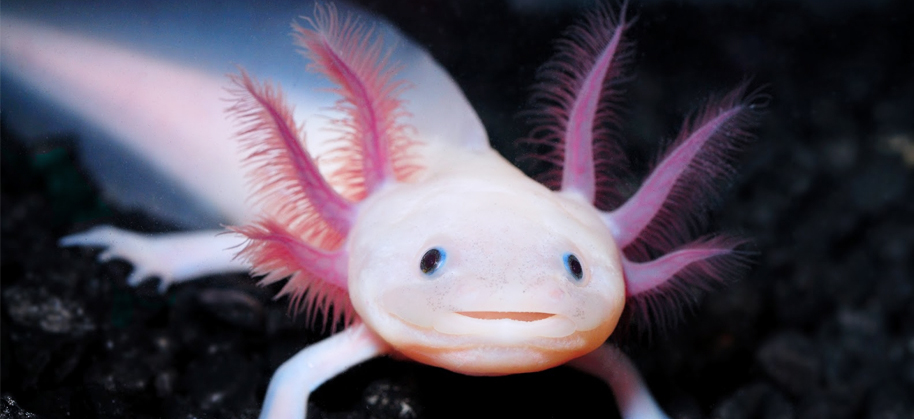
Cartilage regeneration: myth or reality?
Some animals can regenerate entire parts of their body with an inner ability that does not require external intervention. One example is the axolotl, a small salamander that lives in Xochimilco lake, in Mexico, which can regrow limbs, lungs, spinal cord and even parts of the brain if they are damaged, without scars. Also, the common lizards that we are used to finding in our gardens can regenerate their tail, without difficulties (ed. and without stem cells injections). Humans have lost this biological peculiarity during evolution as far as we are not even able to counteract accumulative damage, such as the ones that occur with joints use and injuries. As a result, cartilage is consumed, developing osteoarthritis.
So far, the most common belief is based on the idea that cartilage cannot regenerate and that the recycling of matrix elements, such as collagen, is almost impossible due to the structural complexity of the tissue and the absence of vessels that should carry nourishment and oxygen. However, at Duke University, this issue has been studied and the comparison we made at the beginning was appropriate to discover that even in our cartilage, the most stubborn tissue in terms of regeneration, there is an innate regrow ability – so far unappreciated – regulated by the same mechanisms that allow the salamanders not to worry when they lose a limb around.
The team of researchers analyzed the biological clock of articular collagen, discovering that they can date proteins as “old” or “young” according to their turn-over (ed. the metabolic exchange of substances or cells). If we take the lower limb as an example, this protein age follows a position-dependent gradient: in the hip, we find the “oldest” proteins and in the ankle the “youngest”, while in the knee there’s a good average. So, the hip itself is an older joint in comparison with the ankle and less subject to self-repair mechanisms; that’s a fact that correlates properly with statistics showing that hip osteoarthritis is more frequent than ankle osteoarthritis, and also, as a result of damage, the hip healing rate is slower compared to knee or ankle healing. This “articular age” is not only a consequence of the joints mechanics and the load to which they are subjected, but it also depends on the biological activity of some molecules called microRNA, able to regulate the collagenic turn-over in humans and the regrowth of the limb in salamanders. They are, in fact, the same group of molecules, following a precise distribution gradient, resulting in more activity in the distal part of the limb (in the extremities) and less active in the proximal part (in the center). Consequently, it will be easier for a salamander to regenerate a “paw” than the entire limb and it is easier for a man to heal his ankle than his hip.
The axolotl is an animal model well characterized for regeneration and discovering that joint tissue repair is regulated by the same elements, albeit limited, is a big step forward in the development of new therapeutic approaches. In modern medicine, many surgical techniques and different cell therapies are now used for cartilage reconstruction, but from a theoretical point of view, it is believed that cartilage cannot regenerate. This discovery comes after others that have demonstrated the presence of cell progenitors in mature cartilage and stem cells in neighboring tissues. Therefore, research should not only focus on slowing down the arthritic processes by extinguishing destructive catabolic phenomena, but also on providing anabolic elements to support – that’s something we can say today – the natural regenerative capacity of cartilage.
Omar Sabry
Sources:
Ming-Feng Hsueh, Patrik Önnerfjord, Michael P. Bolognesi, Mark E. Easley, Virginia B. Kraus. Analysis of “old” proteins unmasks dynamic gradient of cartilage turnover in human limbs. Science Advances, 2019; 5 (10): eaax3203 DOI: 10.1126/sciadv.aax3203
Alberto Siclari. Il trattamento delle lesioni cartilaginee. Cic, 2019. ISBN: 9788893890243


